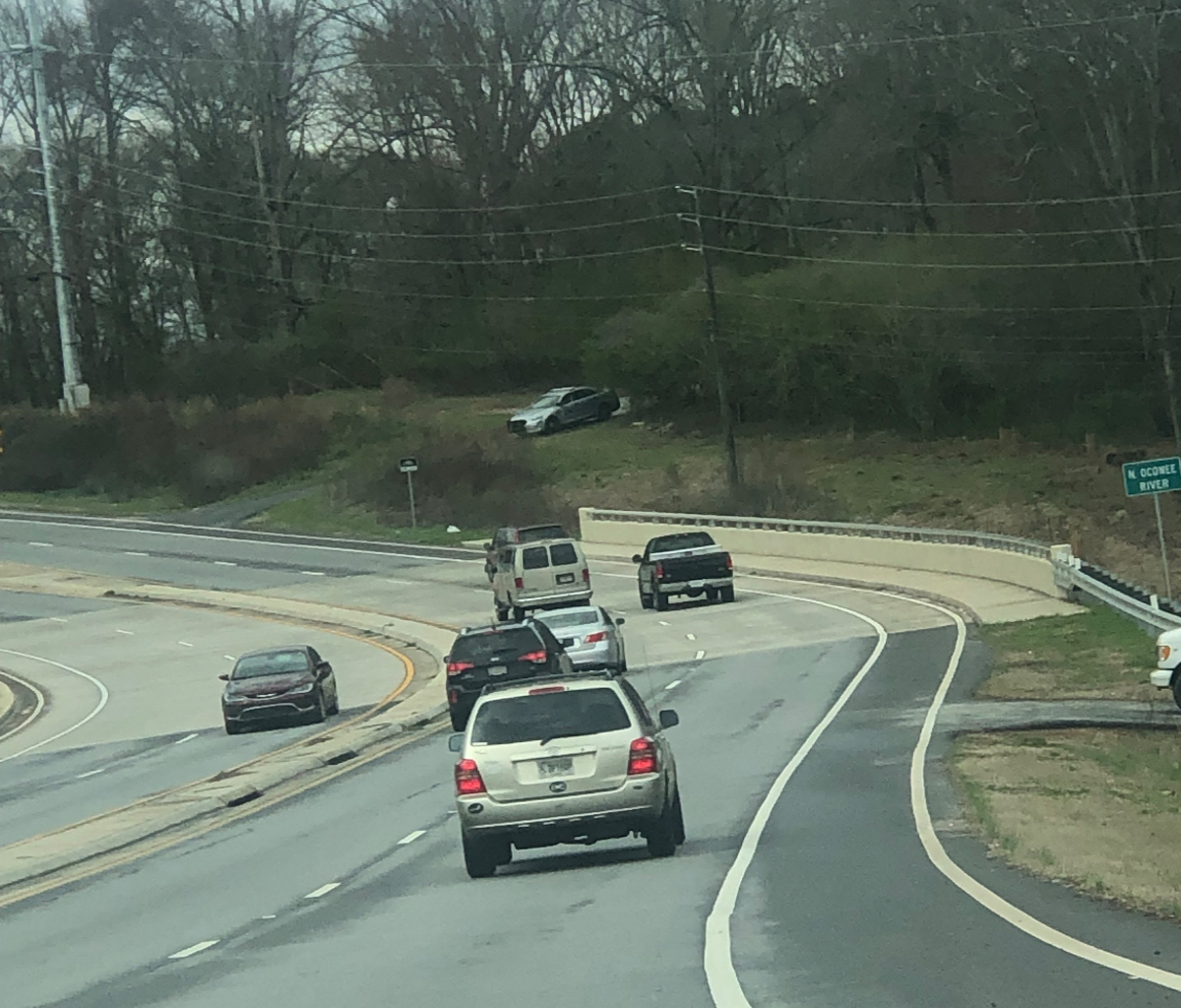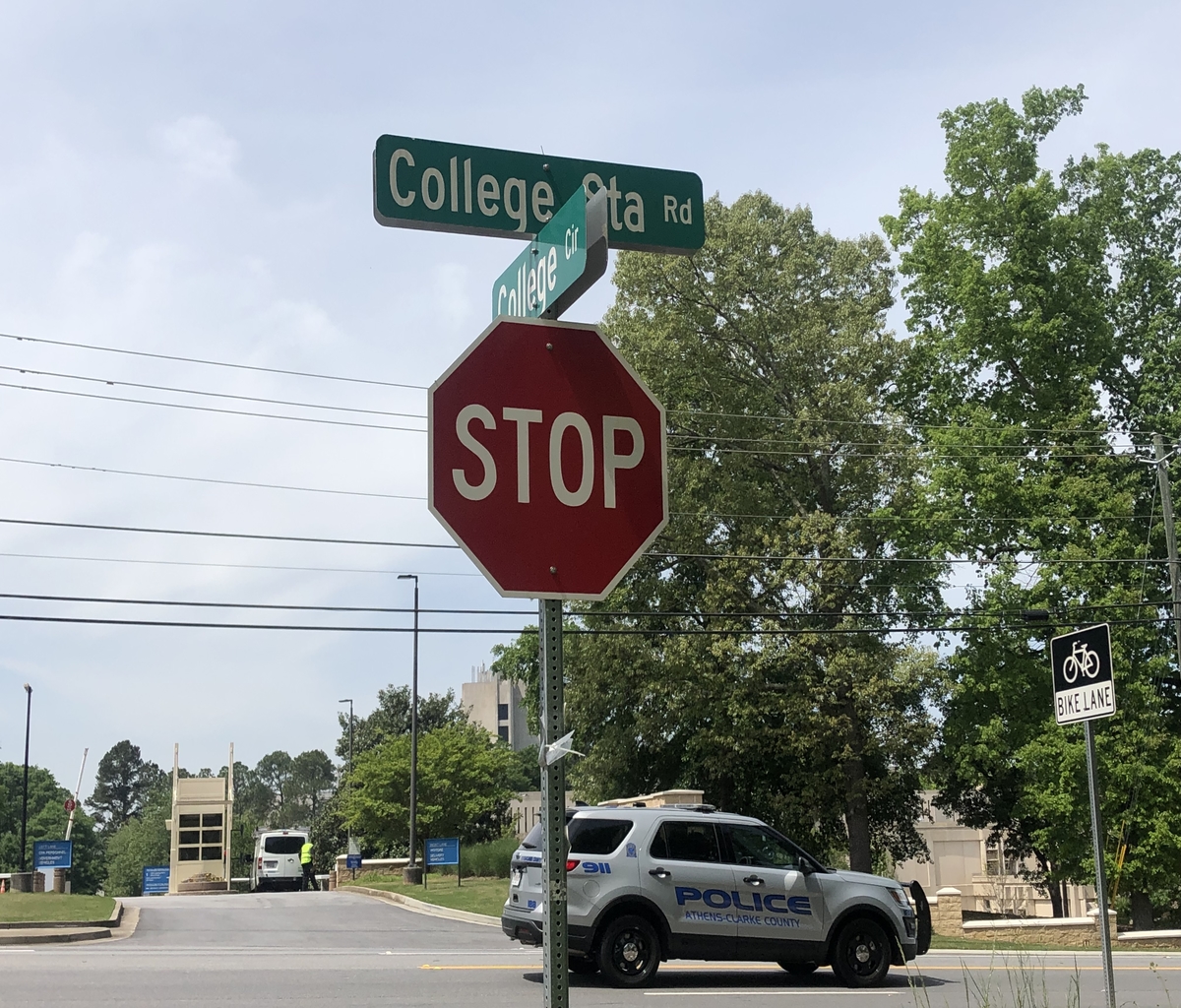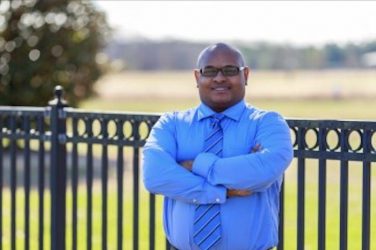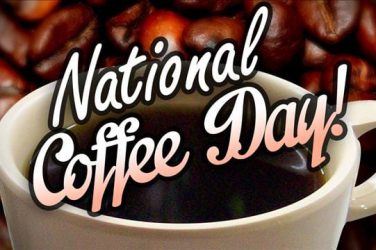Hundreds of Athens drivers were caught going over the speed limit in 2018 on College Station Road.
If you were one of the ones caught speeding, chances are, you were going 20 miles per hour over the speed limit, it was in the afternoon, and you were pulled over by Sgt. John “Jay” Butt.
Documents obtained from an open records request with the Athens-Clarke County Municipal Court show that from June to December 2018, the police department issued 576 citations related to speeding on College Station Road alone. However, Butt, Athens-Clarke County traffic unit supervisor, issued nearly half of the citations given in that six-month period.
The information prompted a three-month investigation as to why so many people are getting pulled over for speeding on this road. Even though officers are allowed to patrol any area in the county, Butt says he’s on College Station regularly and spends about 75% to 80% of his time issuing citations.
“I pull over a couple people a day there,” Butt says. “I pretty much make my decision when I stop somebody, I’m going to issue a citation.” 
Analyzing the Issue
College Station is one of the county’s busiest roads, mixed with UGA buildings, residences, churches, and the Veterinary Medicine school. Closer to the loop, the street starts at 45 mph, but as drivers pass the intersection at Riverbend Road, the speed limit drops to 35 mph all the way until it ends at Barnett Shoals Road.
Because of its topography, College Station is a heavily traveled road, and police have been regularly pulling people over who decide to go faster than the posted speed limit.
Geoffrey Gilland, public information officer with the Athens-Clarke County Police Department, says the department does not set the speed limit. It only enforces the law by using RADAR or LIDAR on College Station.
The LIDAR, or laser device, times how fast pulses of light are coming back after it bounces off a target, Butt says. On the other hand, RADAR sends out a radar wave. It measures the shift in doppler, the frequency shift when it comes back, and that’s how it determines the speed. Unlike RADAR, LIDAR is vehicle specific and can’t be used while moving. Officers must be stationary if they decide to use that device.
Both are in his car and used frequently, Butt says.
“When using LIDAR, I typically have several spots that I sit. I do sit more than I move,” Butt says.
However, after reviewing copies of certain citations requested, seven out 10 show that Butt is mostly stationed in the 35 mph speed zone near the Oconee River.

Jaylan Ogletree, 21, travels on College Station about three to four times a week. Ogletree, a student at the University of Georgia, says he sees officers sitting off to the side all the time.
“I see them, I would say right at four, when the Ramsey Center starts to open, and it becomes a heavier traffic area and then at night,” he says.
Ogletree was issued a speeding ticket in late November 2018. He was cited going 62 mph in the 45 mph zone, resulting in a $160 ticket. He was able to take a defensive driving course to get the amount lowered. A review of 10 detailed citations shows that most drivers end up paying approximately $200 for their citations. According to an AJC database regarding traffic ticket revenue, Athens-Clarke County is among Georgia’s biggest ticket traps.
Butt says he’s rarely in court for people fighting speeding tickets. He says he believes that most people realize they were speeding and just pay the fine.
“I know a lot of people say they got the speed limit too low, so they can come out here and write a lot of tickets and make a lot of money, and although there is money involved, that’s not the purpose of what we’re doing,” he says.
So why is the speed limit lowered in that certain area? The speed zone change is what has Ogletree and other citizens confused.
I think it would be considered as a speed trap,” Ogletree says.
“The speed limit isn’t very visible. They’re not signs saying the speed limit is such and such. I feel like right there by ECV, 45 mph is good enough, but down the road, I think it should be 45 mph. If not raised to like 55 mph.”
Butt said most of the drivers he pulls over tell him they are indeed aware of the 35 mph speed zone.
“The road is well marked, and there are some really big signs over there. They’re a lot bigger than the law requires,” Butt explained.

The raised speed limit that Ogletree would like to see is not in the county’s future plans. In fact, according to a recent study by the Athens-Clarke County Traffic Division, it was recommended that the speed limit between Riverbend Road and East Campus Road, which is now 45 mph, also be lowered to 35 mph. The recommendation will be included in the county’s triennial Speed Detection Permit due at the end of the year.
Giving an Explanation
Tim Griffeth, traffic engineer, says Athens-Clarke County sets speed limits based on the Manual on Uniform Traffic Control Devices (MUTCD) and speed zones are made on the basis of a traffic engineering study involving several practices for safety.
Research shows that in Georgia, 35 mph is the designated speed limit for an unpaved road, unlike College Station. However, Griffeth says College Station falls within the legal range of allowable speed limits for locally maintained roads.
Over the course of 30 years with the department, Butt has seen the speed limit change over time. Originally, the residential area of College Station Road near Barnett Shoals Road warranted a lower speed limit of 35 mph.
Now, Griffeth says the limits of the 35 mph speed limit was extended when the bridges over the North Oconee River were replaced in 2016 due to physical constraints that limited the design speed on the roadway alignment. The designers of the bridge replacement project recommended a 35 mph speed limit to provide safe travel through the roadway around the bridge, he says.
Griffeth says an in-depth traffic analysis would have to be conducted in order to determine whether the speed limit should be changed.
“The name of the game for us anytime we’re doing any kind of enforcement action is called voluntary compliance. If people know that we get out on College Station and write speeding tickets, the name of the game isn’t for us to get out there and see how many tickets we can write, it’s for everybody to drive the speed limit,” Butt says.
Taejah Harper is a junior majoring in journalism at the Grady College of Journalism and Mass Communication with a minor in sociology.








